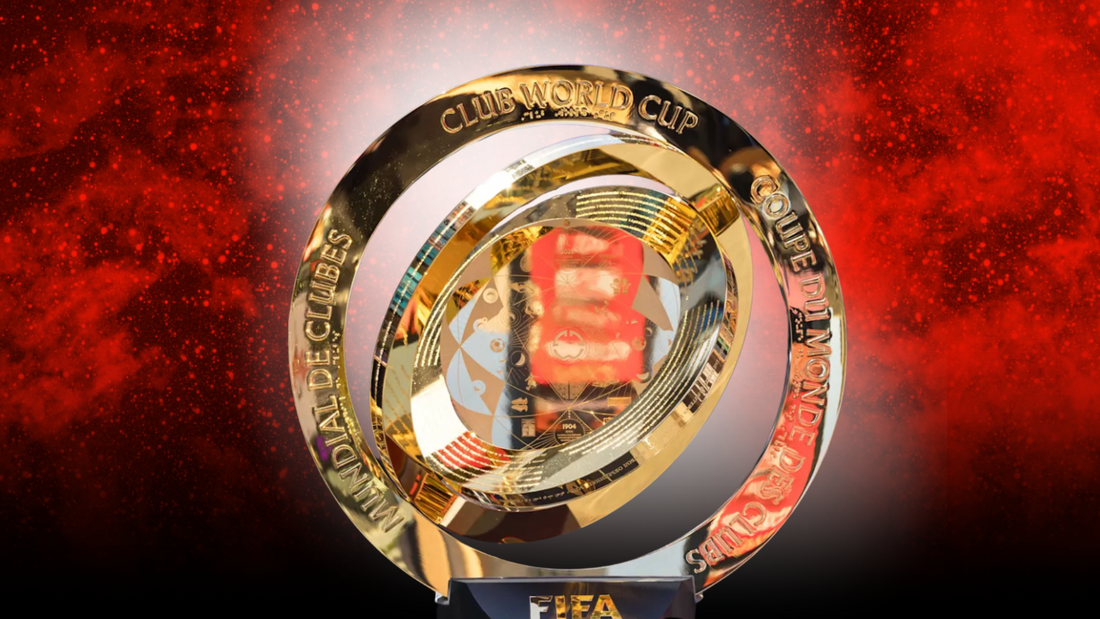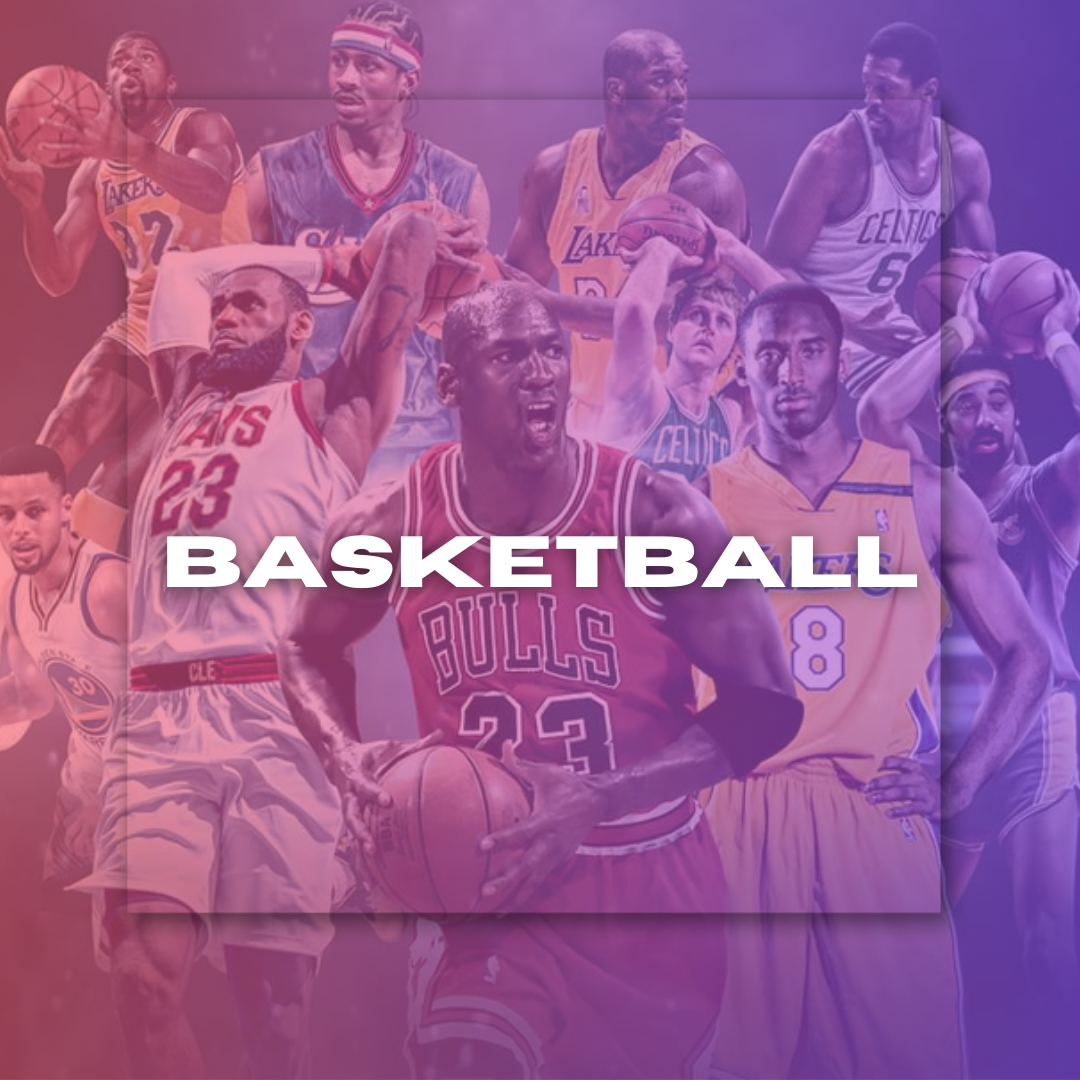
Inside the 2025 FIFA Club World Cup: Can MLS Teams Compete With Europe’s Best?
By Jayson Panganiban June 08, 2025 12:40
The 2025 FIFA Club World Cup, set to unfold across the United States from June 14 to July 13, marks a historic expansion of the tournament, featuring 32 elite clubs from six confederations. Among these are three Major League Soccer (MLS) teams Inter Miami CF, Seattle Sounders FC, and Los Angeles FC poised to test their mettle against some of the world’s most prestigious football powerhouses. As the tournament kicks off, a key question looms: can MLS clubs realistically compete with Europe’s giants on this global stage?
A Tournament Like No Other
The 2025 edition is the first under FIFA’s revamped format, designed to mirror a mini-World Cup for clubs. The event boasts an unprecedented $1 billion prize pool and will be hosted across 12 U.S. cities, seven of which feature MLS stadiums. This geographic spread not only highlights the sport’s growth in North America but also provides a home-field advantage for MLS teams, potentially leveling the playing field.
The MLS representatives face daunting groups: Inter Miami shares Group A with Brazil’s Palmeiras, Portugal’s FC Porto, and Egypt’s Al Ahly; Seattle Sounders are in Group B alongside Paris Saint-Germain, Atlético Madrid, and Botafogo; while LAFC contends in Group D with Flamengo, ES Tunis, and Chelsea. These matchups pit MLS clubs against multiple UEFA Champions League winners and South American Libertadores champions, underscoring the challenge ahead.
MLS’s Growing Competitiveness
Historically, MLS teams have struggled against top European clubs in international competitions, often due to differences in budget, player experience, and depth. However, recent years have seen MLS clubs close the gap. LAFC’s 2024 CONCACAF Champions League victory and Inter Miami’s acquisition of global superstar Lionel Messi who could reunite with former PSG teammate Kylian Mbappé signal a new era of competitiveness.
Inter Miami’s opening match against Al Ahly at Hard Rock Stadium will be a litmus test for MLS’s progress. The presence of marquee players and improved tactical sophistication suggest MLS teams are no longer mere participants but genuine contenders capable of causing upsets.
Challenges Remain
Despite these advances, the gulf in experience and squad depth remains significant. European clubs like Bayern Munich, Manchester City, and Real Madrid bring rosters filled with world-class talent accustomed to the pressures of elite competition. Additionally, the condensed schedule with 63 matches over a month tests the endurance and adaptability of all teams, but especially those with less rotation depth.
FIFA mandates that clubs field their strongest squads, with rosters of 26 to 35 players, limiting MLS teams’ ability to rely on youth or fringe players. This rule ensures the highest quality but also intensifies the challenge for MLS clubs balancing domestic league commitments and international travel.
The Broader Impact
Beyond competition, the tournament represents a milestone in the globalization of soccer. Hosting the Club World Cup in the U.S. with multiple MLS teams elevates the league’s profile and offers fans a unique opportunity to witness world-class soccer firsthand. It also serves as a catalyst for continued investment in player development and infrastructure within MLS.
As Tom Glick, CEO of LAFC, recently stated, “This tournament is a chance to showcase how far MLS has come and to push our teams to new heights. Competing against the best clubs in the world inspires growth on and off the field.”
While MLS teams face an uphill battle against Europe’s elite in the 2025 FIFA Club World Cup, their inclusion signals a shift in the global soccer landscape. With improved talent, strategic signings, and home advantage, Inter Miami, Seattle Sounders, and LAFC have the tools to challenge expectations and make a statement. Whether they can break through and advance deep into the knockout rounds remains to be seen, but their participation alone marks a significant step forward for American soccer on the world stage.

































































